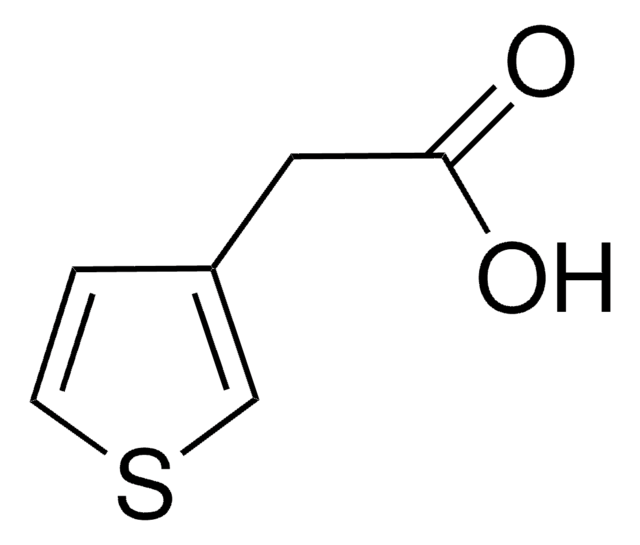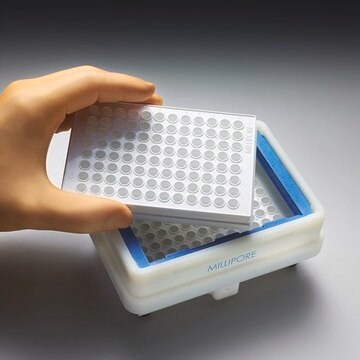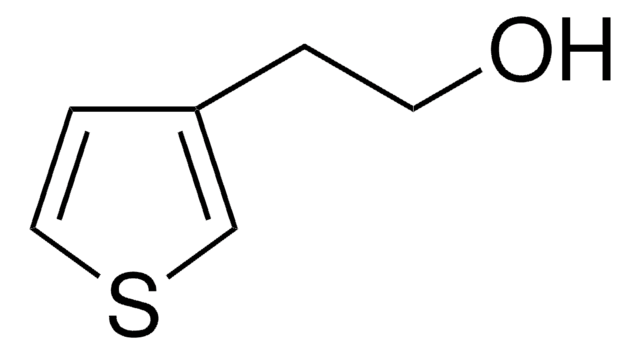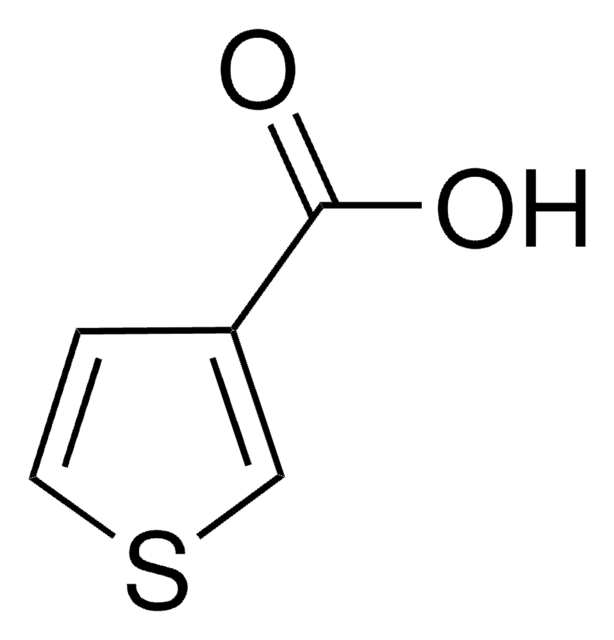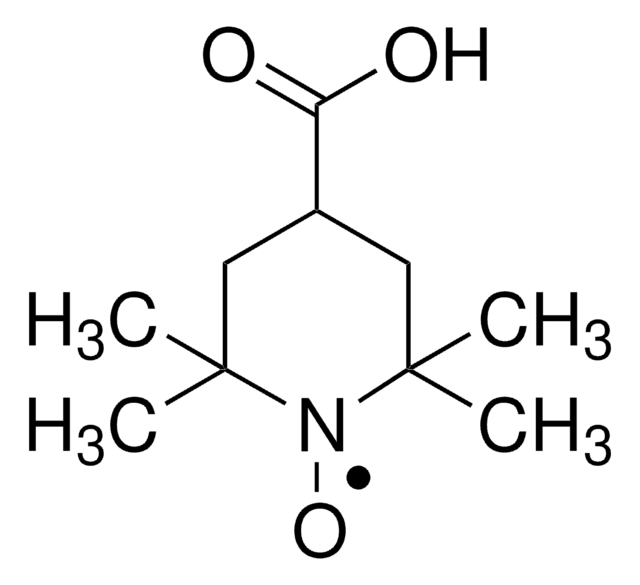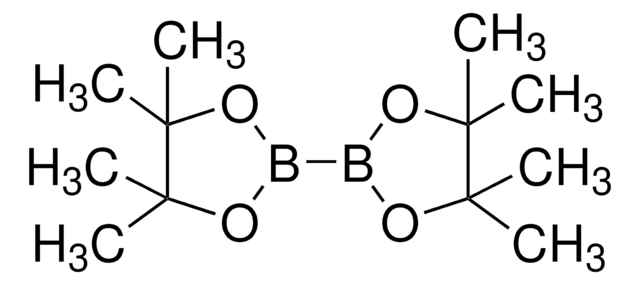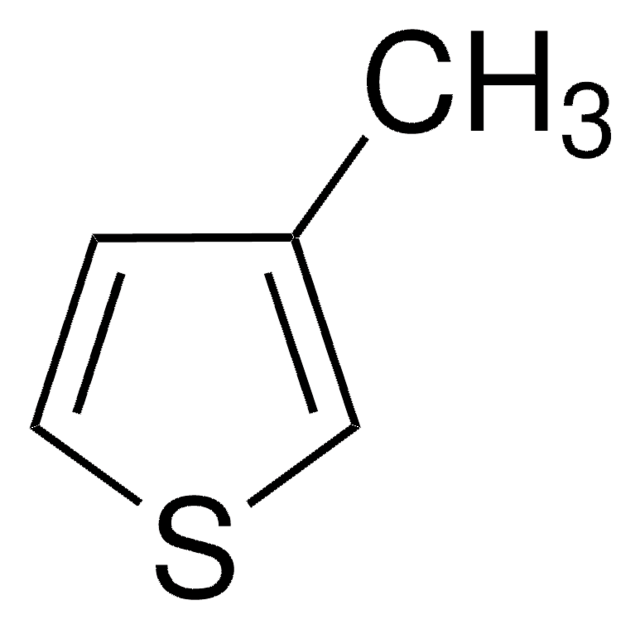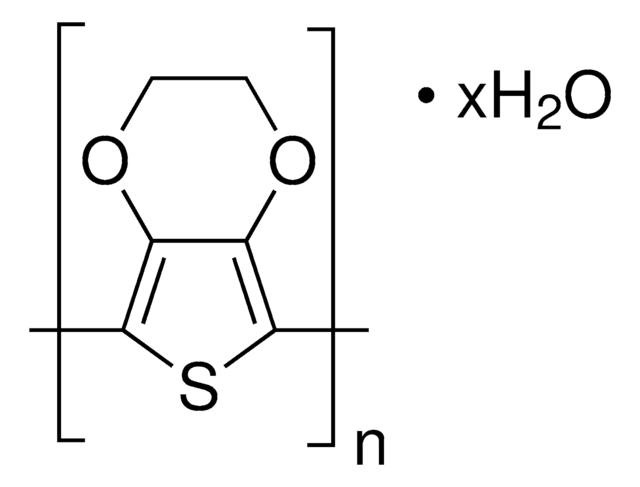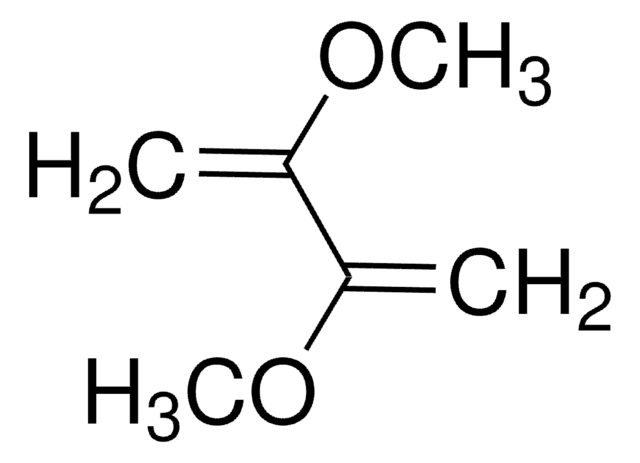687553
Hydroxymethyl EDOT
95%
Synonym(s):
(2,3-Dihydrothieno[3,4-b][1,4]dioxin-2-yl)methanol, EDT-methanol, Thieno[3,4-b]-1,4-dioxin-2-methanol
Sign Into View Organizational & Contract Pricing
All Photos(1)
About This Item
Empirical Formula (Hill Notation):
C7H8O3S
CAS Number:
Molecular Weight:
172.20
MDL number:
UNSPSC Code:
12352103
PubChem Substance ID:
NACRES:
NA.23
Recommended Products
Assay
95%
form
solid
mp
42-46 °C
storage temp.
2-8°C
SMILES string
OCC1COc2cscc2O1
InChI
1S/C7H8O3S/c8-1-5-2-9-6-3-11-4-7(6)10-5/h3-5,8H,1-2H2
InChI key
YFCHAINVYLQVBG-UHFFFAOYSA-N
Related Categories
General description
Hydroxymethyl EDOT (EDT-methanol) is a conjugated polymer that is used as a precursor of ethylenedioxythiophene (EDOT). The hydroxymethyl groups in the EDOT monomers enhance the electro-polymerization in an aqueous solution to form an electro-active hydrophilic polymer.
Application
EDOT derivative useful in preparation of functional electroactive polymers
EDT-methanol can functionalize poly(L-lactic acid) by using organometallic polymerization, which can be used to form biodegradable and conducting macromonomers for biomedical applications. It can be polymerized to form poly(hydroxymethyl EDOT) based films, which may be incorporated with silver nanoparticles to form nanocomposites on polyethylene terephthalate (PET) for flexible plastic devices.
Storage Class Code
11 - Combustible Solids
WGK
WGK 3
Flash Point(F)
Not applicable
Flash Point(C)
Not applicable
Choose from one of the most recent versions:
Already Own This Product?
Find documentation for the products that you have recently purchased in the Document Library.
Customers Also Viewed
Akoudad, S.; Roncali, J.
Electrochemical Communications, 2, 72-72 (2000)
Perepichka, I.F.; Besbes, M.; Lecillian, E.; Salle, M.; Roncali, J.
Chemistry of Materials, 14, 449-449 (2002)
One pot biocatalytic synthesis of a biodegradable electroactive macromonomer based on 3, 4-ethylenedioxytiophene and poly (l-lactic acid).
da Silva AC, et al.
Materials Science and Engineering, C, 83(1), 35-43 (2018)
Modification of the electrochemical and electronic properties of electrogenerated poly (3, 4-ethylenedioxythiophene) by hydroxymethyl and oligo (oxyethylene) substituents
Akoudad S and Roncali J
Electrochemical Communications, 2(1), 72-76 (2000)
Hannah C Goldbach et al.
eLife, 10 (2021-02-02)
Primary visual cortex (V1) in the mouse projects to numerous brain areas, including several secondary visual areas, frontal cortex, and basal ganglia. While it has been demonstrated that optogenetic silencing of V1 strongly impairs visually guided behavior, it is not
Our team of scientists has experience in all areas of research including Life Science, Material Science, Chemical Synthesis, Chromatography, Analytical and many others.
Contact Technical Service![2-Chloromethyl-2,3-dihydrothieno[3,4-b]-1,4-dioxine 95%](/deepweb/assets/sigmaaldrich/product/structures/422/187/4cc7b858-9e06-4ce2-8d39-d817b8313964/640/4cc7b858-9e06-4ce2-8d39-d817b8313964.png)
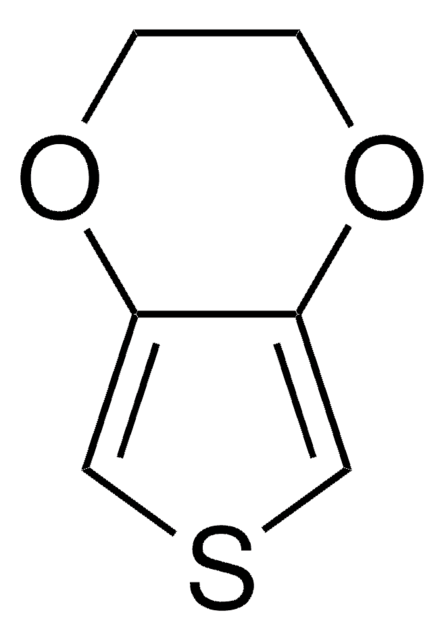
![2,3-Dihydrothieno[3,4-b][1,4]dioxine-5-carboxylic acid AldrichCPR](/deepweb/assets/sigmaaldrich/product/structures/145/904/fa7794c7-33ba-4c32-99c7-e9a63b506736/640/fa7794c7-33ba-4c32-99c7-e9a63b506736.png)
